PM green lights two large-scale reservoirs
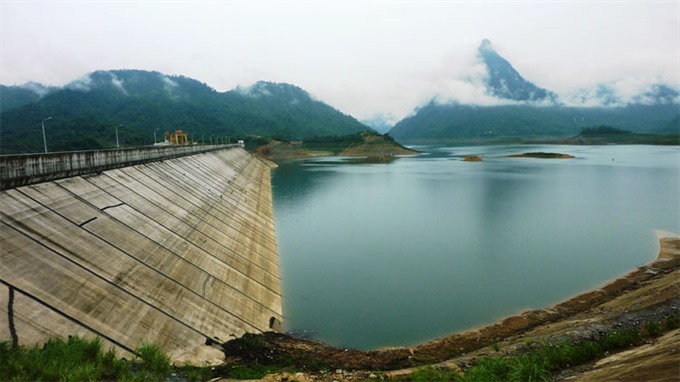 |
| illustration photo |
The Đồng Mít Reservoir in the central province of Bình Định and Cánh Tạng Reservoir in the northern province of Hòa Bình aim to improve irrigation for agriculture production, improve water supply and living standards in the two provinces.
The Đồng Mít Reservoir, with a designed capacity of 89.8 million cu.m, will need an estimated VNĐ2.14 trillion (US$94.1 million) to build. It is expected to boost socio-economic development while improving the local ecosystem and environment in Bình Định’s four districts of An Lão, Hoài An, Hoài Nhơn and Phù Mỹ.
The construction of the reservoir is expected to be completed in 2021.
The Cánh Tạng Reservoir, constructed during 2017-2020, will have a designed capacity of 93 million cu.m, and need a total investment of over VNĐ3.1 trillion (roughly $136 million).
The project, located in Phú Yên Commune, Lạc Sơn District, will include the building of a river dam, a flood drainage gate and other supportive facilities for a water supply and sewage system.
The reservoir is expected to irrigate about 6,460ha of farmland in 17 communes of Hòa Bình’s Lạc Sơn and Yên Thủy districts, and supply water to the 200ha Lạc Thịnh Industrial Zone in Yên Thủy District.
It is also expected to provide dry season irrigation for 2,500ha in Thạch Thành District, Thanh Hóa Province
Officials said the reservoir would also help restructure the agricultural sector and improve living conditions of people in Hòa Bình’s Yên Thủy and Lạc Sơn districts, as also Thanh Hóa Province’s Thạch Thành District.
As a lower riparian country in the Mekong and Red River deltas, most dams and reservoirs in Việt Nam have been constructed for multiple purposes, including flood control, irrigation, hydropower, water supply and other flow management.
There are about 3,600 reservoirs of various sizes, of which less than 15 per cent are large or medium with capacities of a million cu.m or a height of more than 10 metres.
Siltation from degradation of watersheds is causing a decline in reservoir capacity – some with just 30 per cent of the original capacity remaining, according to a report by the Water Environment Partnership in Asia.
What the stars mean:
★ Poor ★ ★ Promising ★★★ Good ★★★★ Very good ★★★★★ Exceptional
Latest News
More News
- Signify Innovation Day 2024 strengthens cooperation towards net zero (November 26, 2024 | 14:20)
- Pathways for transitioning to EVs in Vietnam (November 26, 2024 | 13:54)
- BUV set for prestigous global EDGE green building certification (November 26, 2024 | 13:22)
- Green policies and practices: catalyst or challenge (November 25, 2024 | 09:00)
- ACCA urges businesses to prioritise climate resilience as COP29 summit opens (November 22, 2024 | 19:53)
- Cleanfact & RHVAC Vietnam 2024 (November 22, 2024 | 19:52)
- H&M Vietnam signs green deal with PECC2 (November 22, 2024 | 19:49)
- GreenYellow and LOTTE Mart partner on sustainable energy in retail (November 21, 2024 | 08:00)
- Green banking takes root in Vietnam (November 20, 2024 | 21:00)
- SMEs call for genuine support from banking sector (November 20, 2024 | 20:00)



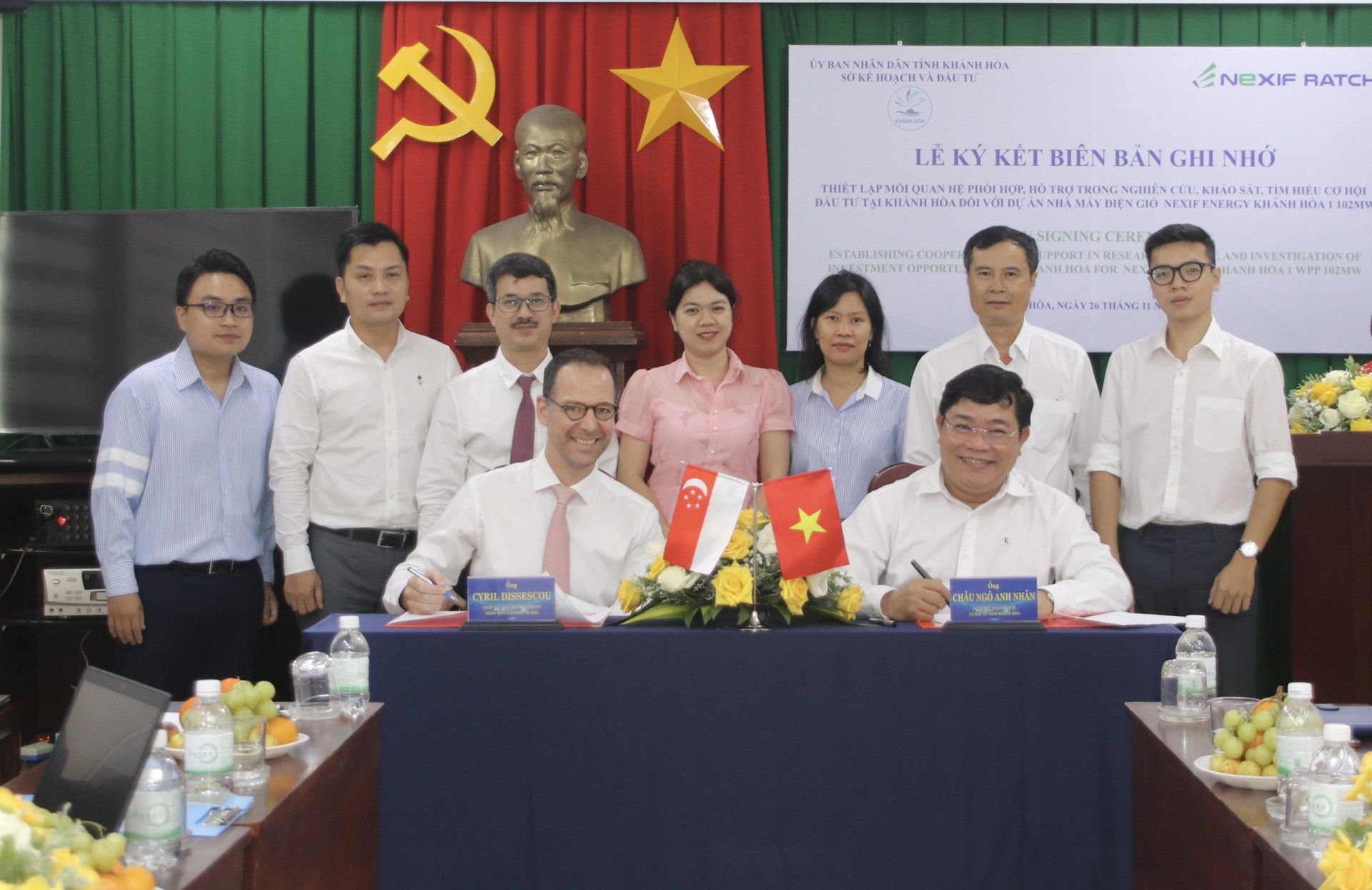

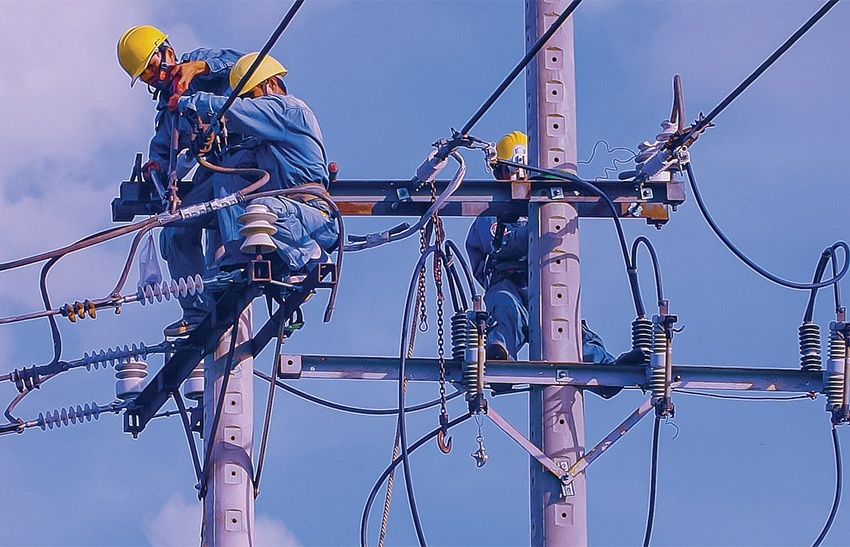

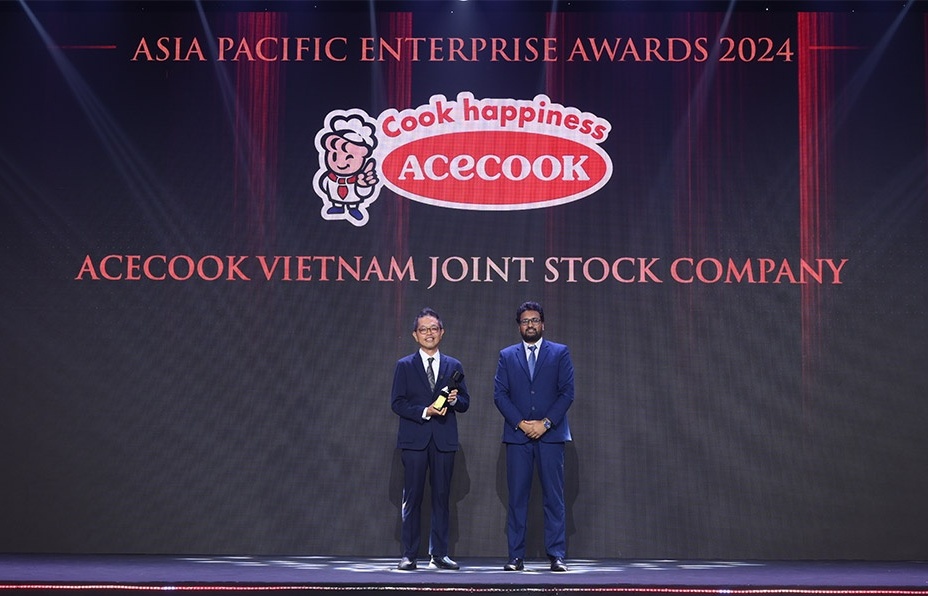
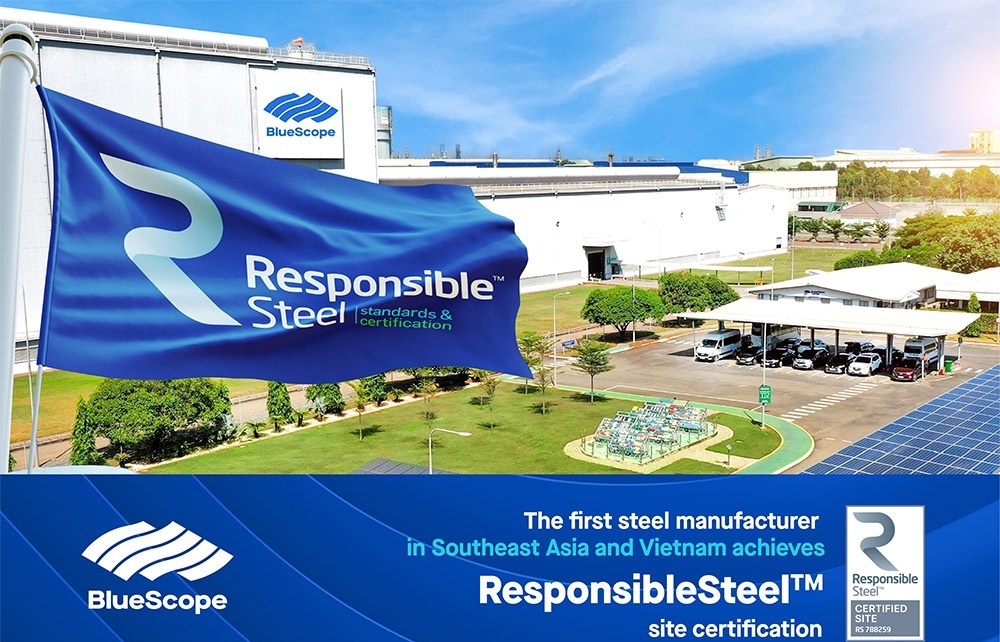



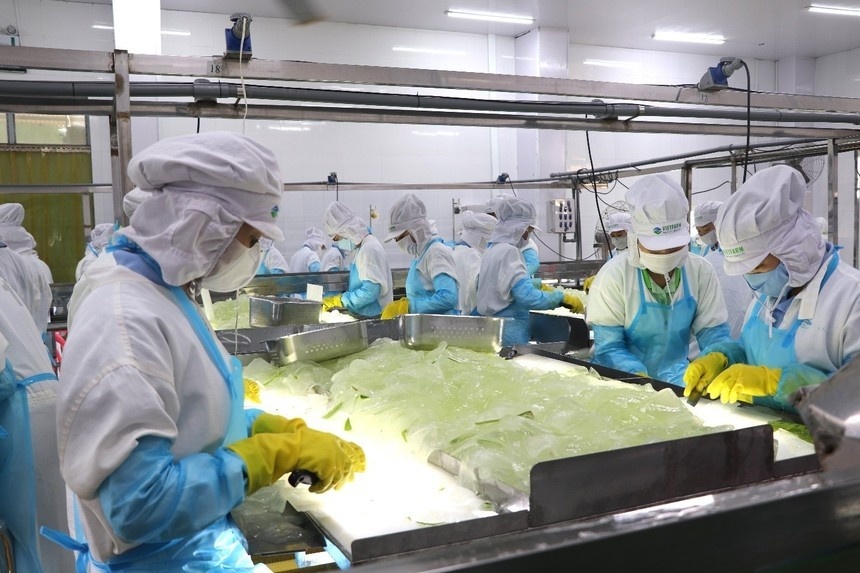

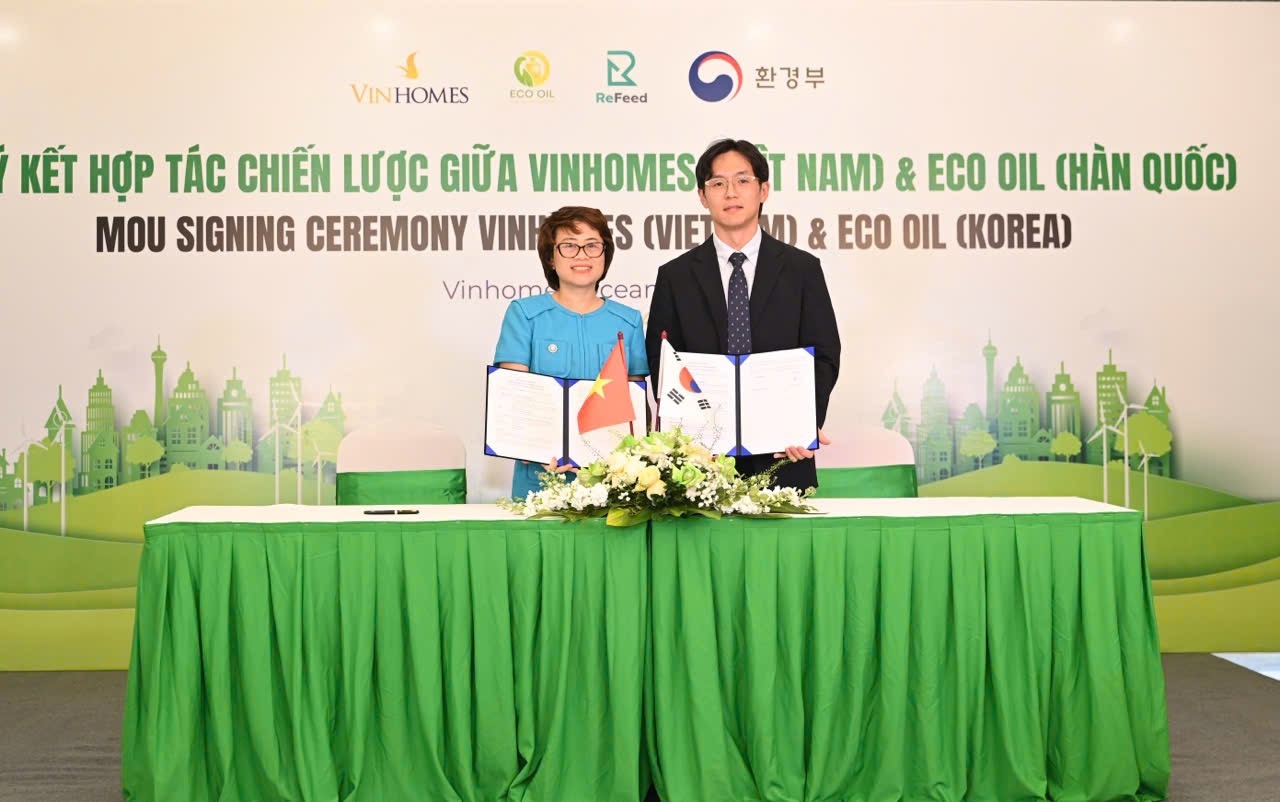



 Mobile Version
Mobile Version